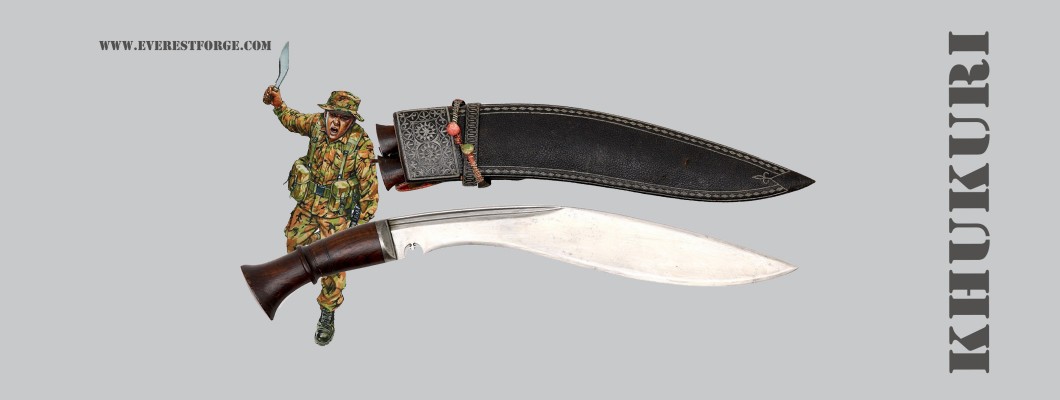
The Khukuri: Nepal’s Legendary Blade of Valor and Versatility
The Khukuri—also known as Kukri—is more than just a knife. It is a national symbol of Nepal, a revered weapon of the Gurkhas, and a versatile tool deeply embedded in Nepalese culture. With its distinctive inward-curving blade, the Khukuri has carved its place in history as both a formidable weapon and a practical implement.
Origins and Historical Significance
The Khukuri's origins trace back over 2,500 years, potentially evolving from the ancient Indian saber known as the nistrimsa, and possibly influenced by the Greek kopis introduced during Alexander the Great's campaigns in the 4th century BCE.
The earliest known Khukuri is attributed to Drabya Shah, the founder of the Gorkha Kingdom in the mid-16th century. The blade gained international prominence during the Anglo-Gorkha War (1814–1816), where British forces encountered the formidable Gurkha warriors wielding Khukuris. Impressed by their bravery and the effectiveness of the weapon, the British incorporated Gurkhas into their military ranks.
Throughout World Wars I and II, Gurkha soldiers, armed with Khukuris, earned a reputation for their fearless combat skills. Today, the Khukuri remains a standard issue for Gurkha regiments in both the British and Indian armies.
Types of Khukuri
Khukuris come in various designs, each tailored for specific purposes. Here are some notable types:
-
Sirupate: Named after the slender siru grass, this Khukuri features a thin, straight blade ideal for swift movements and precise cuts.
-
Angkhola: Characterized by a fuller (a groove along the blade), it reduces weight without compromising strength, making it suitable for heavy-duty tasks.
-
Bhojpure: Originating from the Bhojpur region, this traditional Khukuri is robust and commonly used for general purposes.
-
Panawal: Featuring a full tang blade, it offers enhanced durability and is favored for rigorous activities.
-
Chainpure: Known for its decorative elements, this Khukuri is often used in ceremonial contexts.
Additionally, traditional Khukuris are accompanied by two smaller knives: the Karda, a small utility knife, and the Chakmak, used for sharpening the blade.
Craftsmanship and Materials
The art of Khukuri-making is traditionally upheld by the Biswakarma Kami caste in Nepal. Blades are typically forged from high-carbon spring steel, often repurposed from vehicle suspension systems, ensuring resilience and sharpness.
Handles are crafted from materials like hardwood or buffalo horn, secured using a natural resin called laha. Some modern versions feature full tang designs with metal rivets for added strength.
Scabbards are usually made of wood, wrapped in leather, and may include compartments for the Karda and Chakmak.
Cultural and Symbolic Significance
Beyond its practical applications, the Khukuri holds profound cultural importance in Nepal. It symbolizes bravery, honor, and the rich heritage of the Gurkhas. In Nepalese households, it serves as a versatile tool for daily tasks, from chopping wood to preparing food.
Ceremonially, the Khukuri is present in various rituals and is considered a sacred object. A traditional belief holds that once drawn in battle, the Khukuri must taste blood before being sheathed, underscoring its role as a weapon of honor.
Global Recognition and Modern Usage
Today, the Khukuri transcends its origins, gaining popularity worldwide among collectors, outdoor enthusiasts, and survivalists. Its unique design combines the functions of a knife and an axe, making it an effective tool for various tasks.
In military contexts, the Khukuri remains a symbol of the Gurkhas' valor and is still issued to Gurkha regiments. Its presence in ceremonies and parades continues to honor its storied legacy.
Conclusion
The Khukuri stands as a testament to Nepal's rich cultural tapestry, embodying the spirit of the Gurkhas and the craftsmanship of its artisans. Whether as a tool, weapon, or symbol, its legacy endures, captivating the imagination of people around the world.



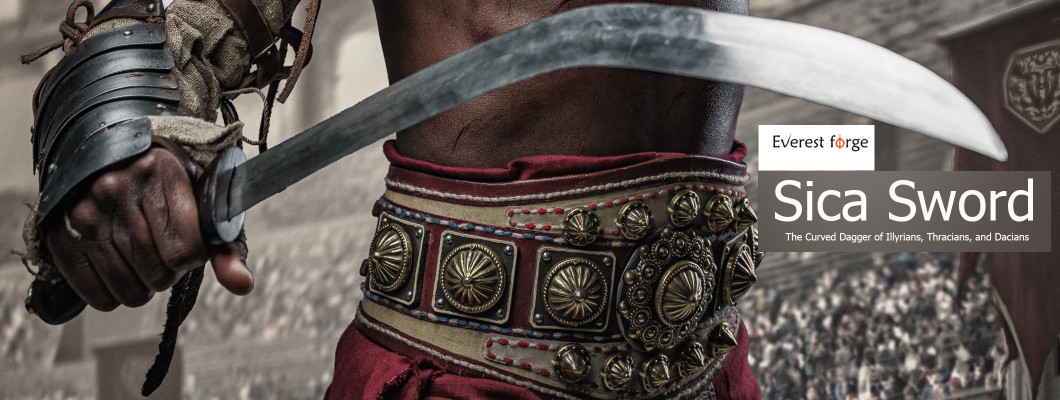

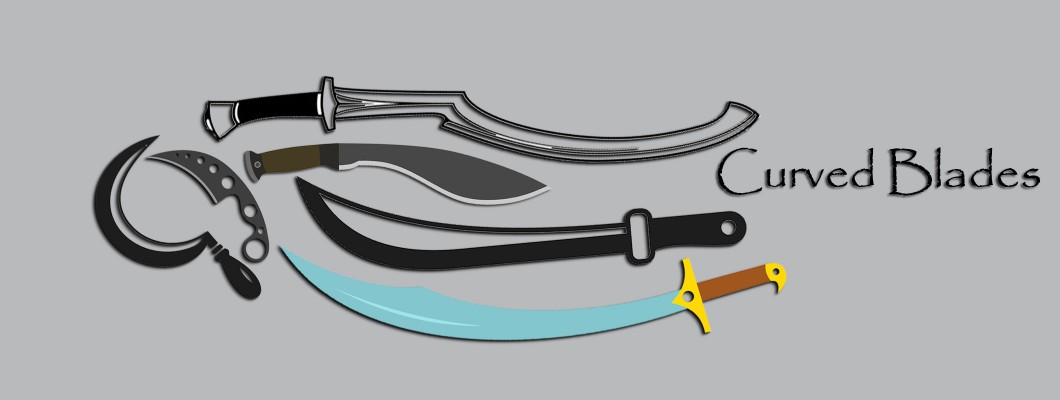
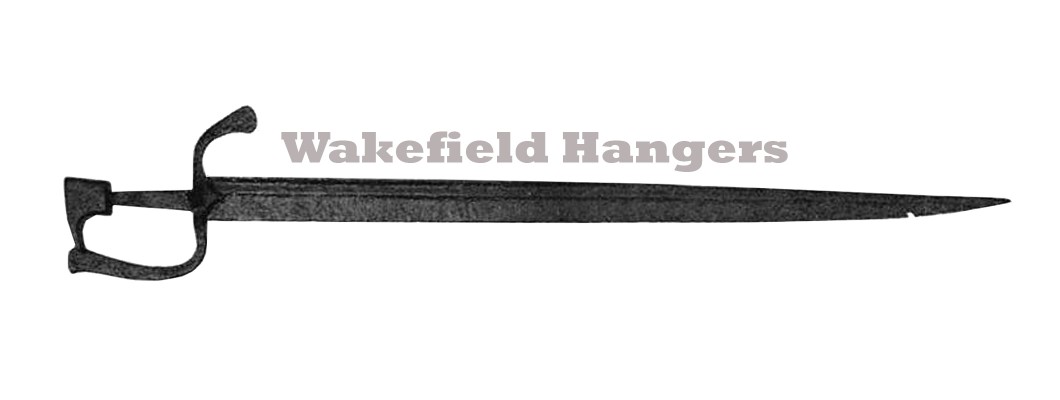
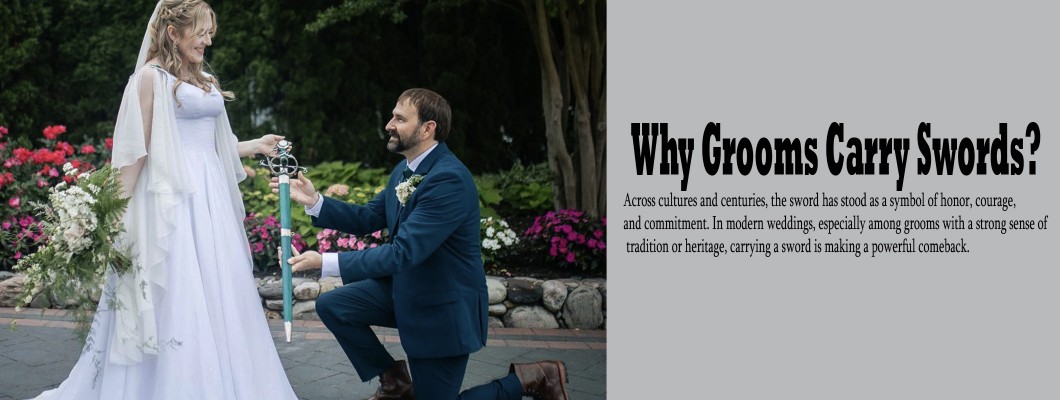
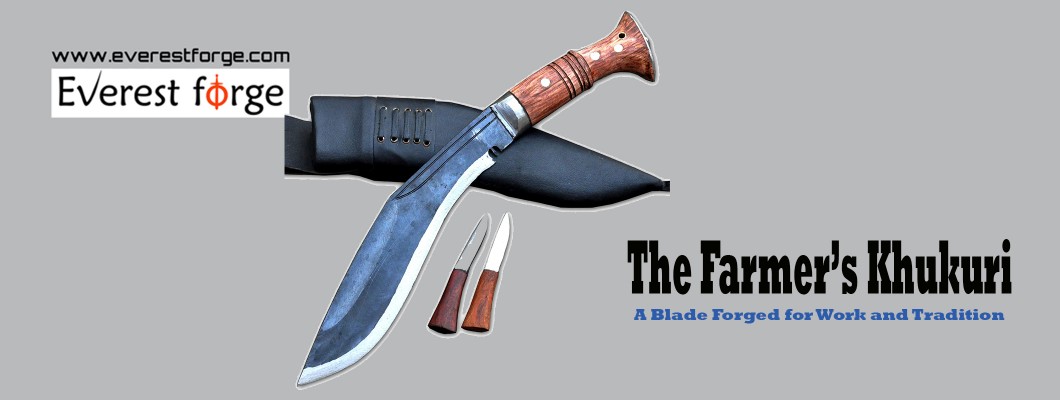
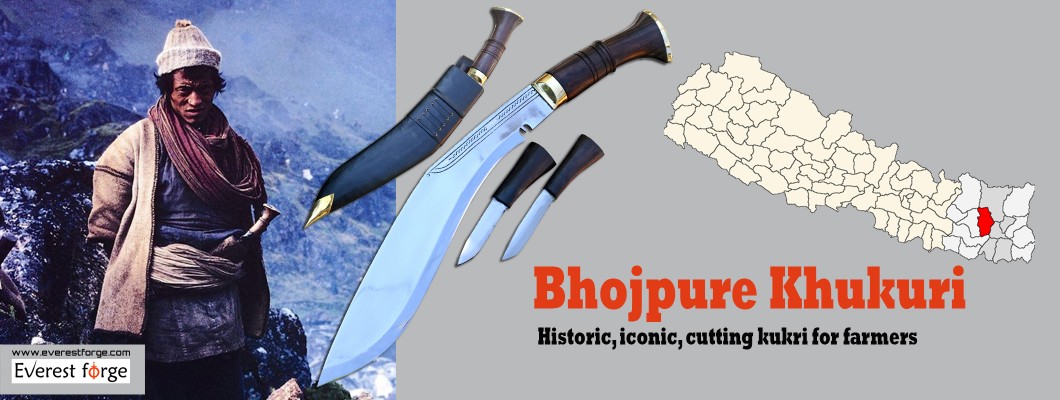
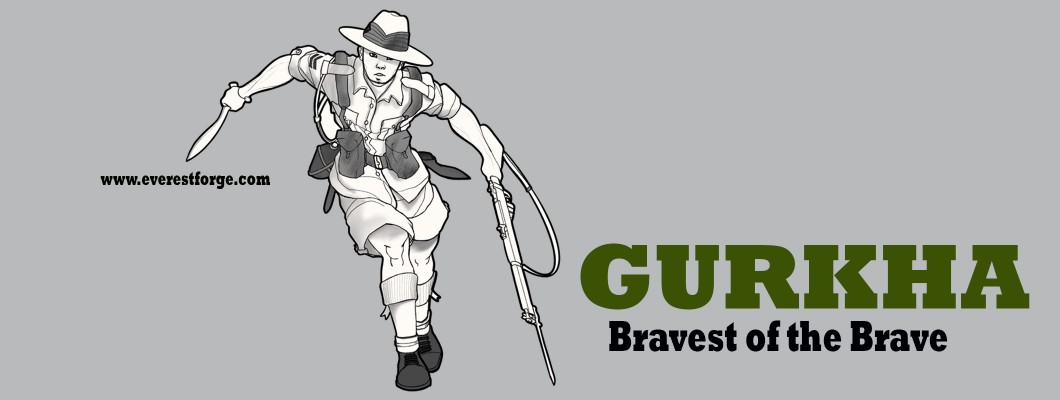
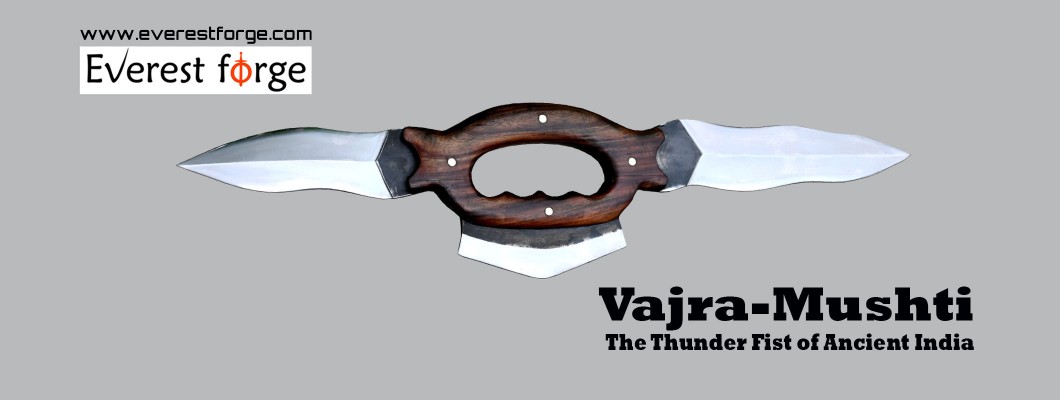
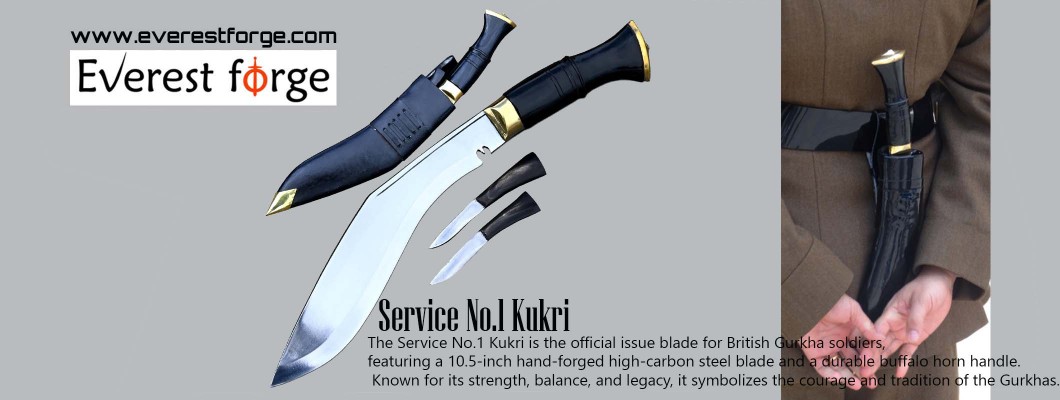
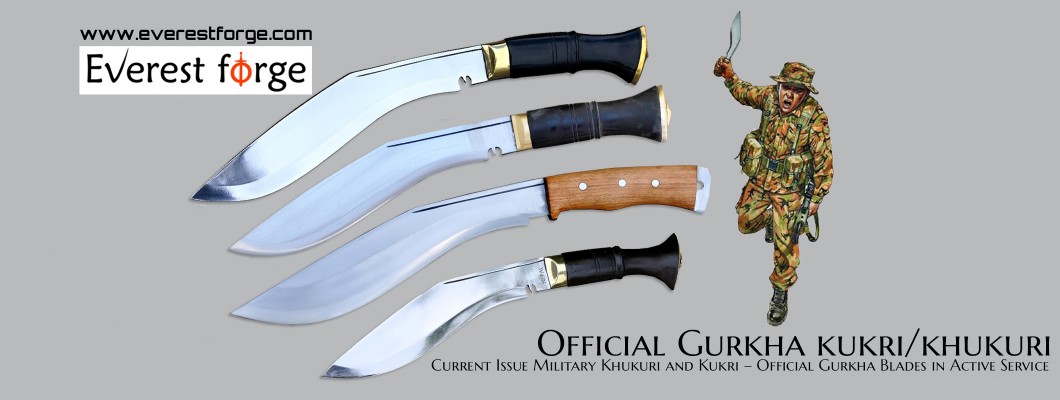
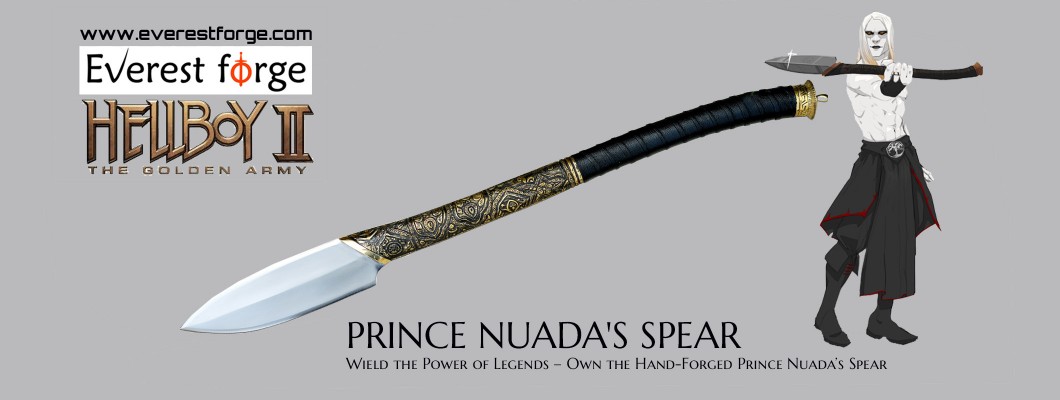

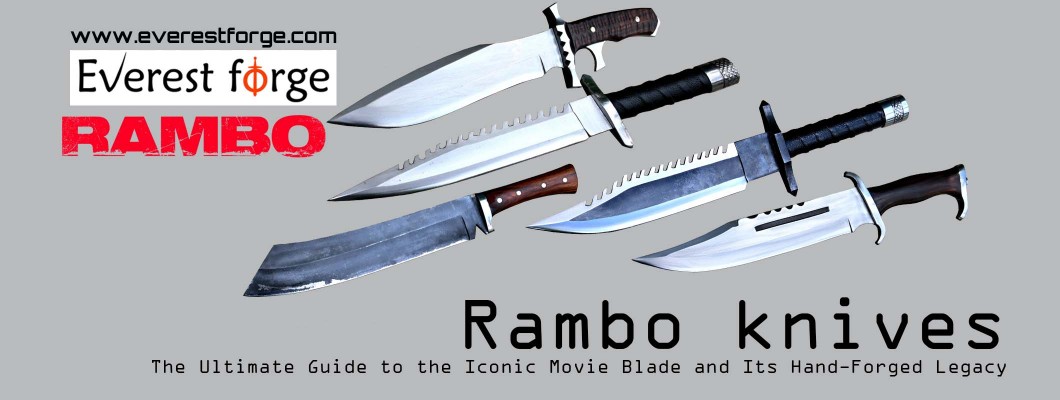





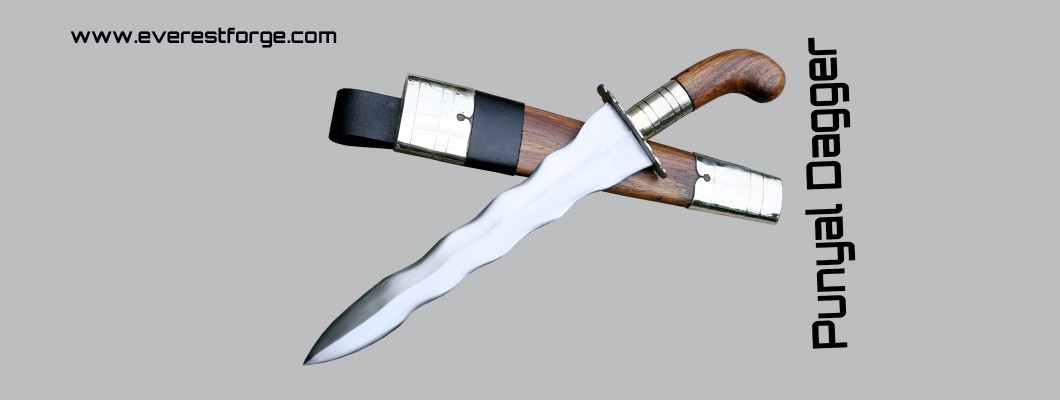
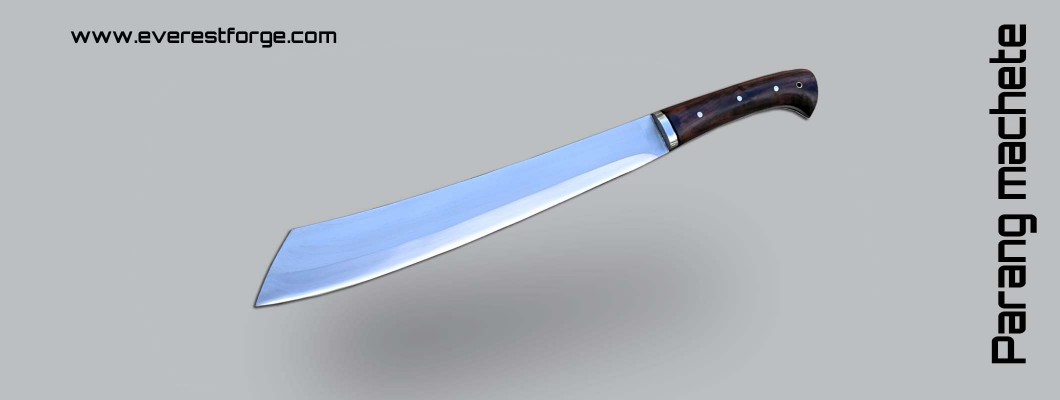
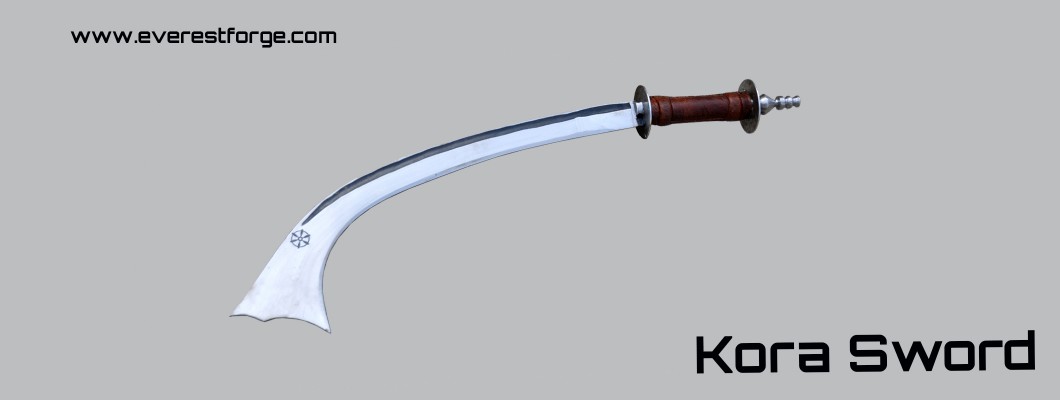
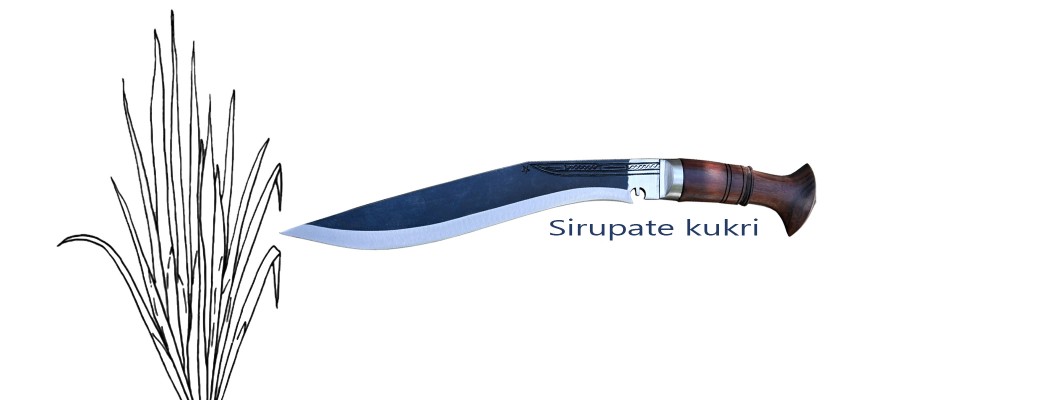
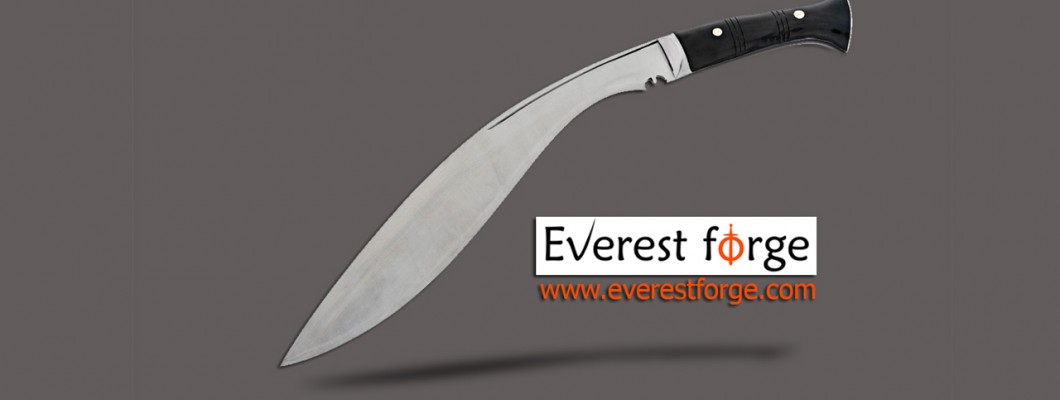
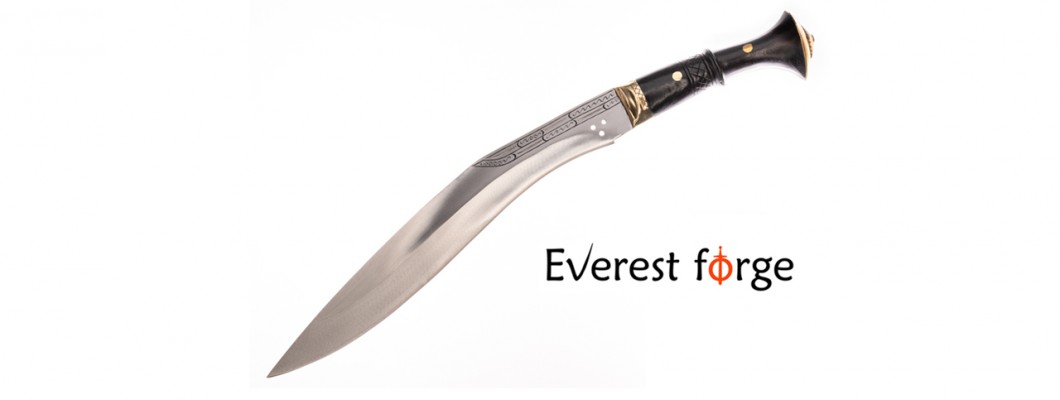
Leave a Comment